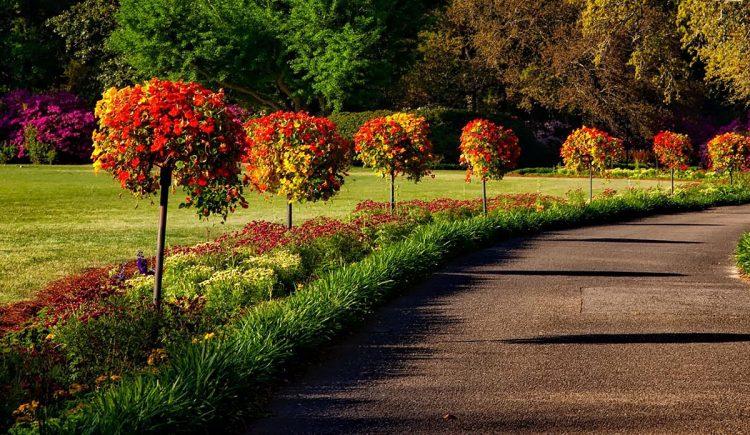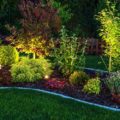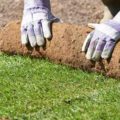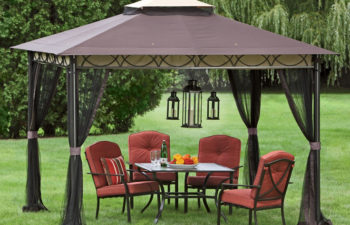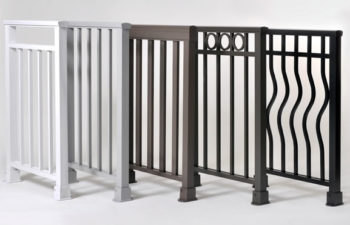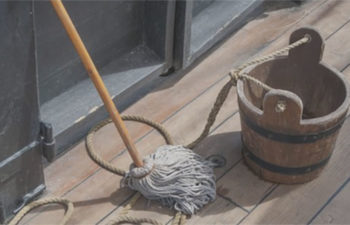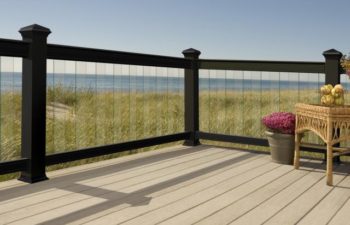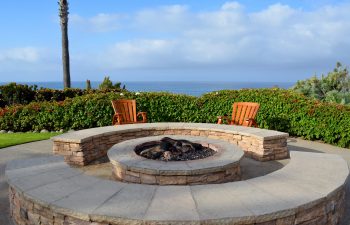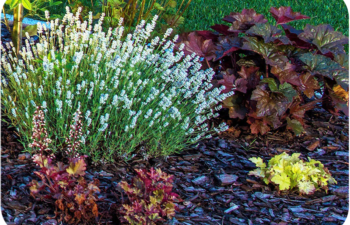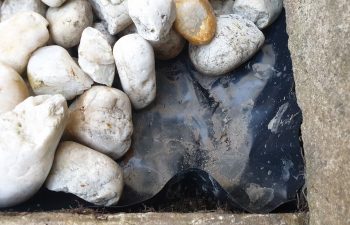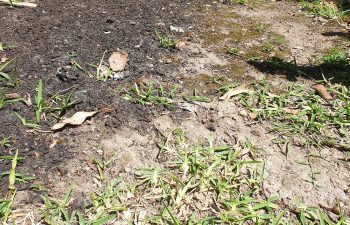Small trees make perfect landscaping additions for a variety of reasons. Not only do they add beauty and interest to your yard, but they also provide shade, privacy, and wind protection.
And because small trees are typically less expensive and easier to maintain than large trees, they’re a great option for homeowners on a budget.
Why Use Small Trees For Landscaping?
Small trees are perfect for landscaping because they offer many advantages over larger trees.
First, small trees are easier to maintain than large trees. They require less water and fertilizer, and they can be easily pruned to keep them in shape.
Second, small trees create a more intimate setting than large trees. They are perfect for lining a walkway or framing a garden.
Third, small trees are less likely to cause damage to your home or property than large trees. They are less likely to topple over in a storm and their roots are less likely to damage foundations or sidewalks.
Finally, small trees add beauty and interest to your landscape. They can provide color and texture, and they can be used to create focal points in your yard.
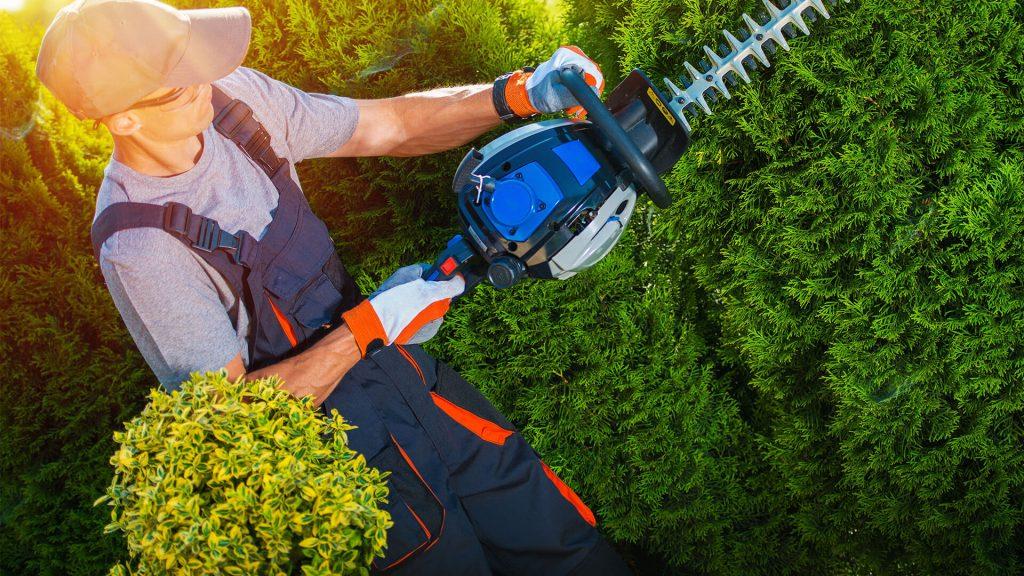
Environmental Benefits of Using Smaller Trees For Landscaping
Small trees provide many environmental benefits that are often overlooked.
Just like large trees, the smaller trees still help to clean the air. They produce oxygen and absorb carbon dioxide, which helps to improve air quality. They also trap particulates and other pollutants, which can help to reduce smog and improve air quality.
In addition to improving air quality, small trees can also help to reduce storm-water runoff. They intercept rainfall and allow water to seep into the ground, rather than run off into storm drains and waterways. This can help to prevent flooding and reduce water pollution.
They also provide shade and cooling in the summer and provide valuable habitat for birds and other wildlife. They are an important part of creating a sustainable landscape.
Economical Advantages For landscaping Using Small Trees
Many people make the mistake of thinking that only large trees are worth planting, but this isn’t always the case. In fact, small trees can provide a number of economical benefits that larger trees simply can’t match.
One of the biggest benefits is that they require less maintenance than their larger counterparts. This means that you’ll save money on things like pruning and trimming over time.
Small trees also tend to be more drought-resistant, which can save you money on watering costs during dry spells.
Architectural Benefits Of Landscaping With Small Trees
Small trees can be used to create a focal point in a garden, or to add interest to an otherwise plain area. They can also be used to screen unsightly areas or to provide shade in summer.
If you choose the right species of tree, they can also provide year-round interest, with blossoms in spring, foliage in summer, and berries or autumn leaves in fall.
Be sure to select trees that are suited to the amount of sun and shade in your garden, as well as the soil type and drainage.
And, if you’re planting near a foundation or other structures, be sure to choose a tree that won’t grow too large and cause damage.
Related Post: Small Evergreen Trees For Landscaping

What Small Trees Can You Use for Landscaping?
There are many small trees that are perfect for landscaping. Some of the best options include the Bradford Pear, the Crabapple, the Dogwood, and the Japanese Maple. See our list below for more options.
No matter what type of small tree you choose, be sure to plant it in an area that gets plenty of sunlight and has well-drained soil. With a little bit of care, your small tree will thrive and add beauty to your landscape for years to come.
The Bradford Pear Tree
The Bradford Pear is a small tree that is often used for landscaping. It has a pyramid-shaped growth habit and produces clusters of white flowers in the spring. It’s also a great choice for a small tree because it grows quickly.
The Bradford Pear is also a prolific fruit producer, and its fruits are eaten by birds and other wildlife.
The tree is tolerant of a variety of soil types and is relatively care-free, making it a good choice for homeowners who want an attractive landscape with minimal maintenance.
The Crabapple
The Crabapple is also a fast-growing tree and has lovely pink or red blossoms in the spring.
They’re perfect for landscaping because they provide shade, color, and a focal point for the garden without taking up too much space.
Crabapple trees also have lovely blooms in the springtime that can brighten up any garden. If you are looking for a small tree to add to your landscaping, Crabapple is a great option.
The Dogwood
The Dogwood is a slower-growing option, but its flowers are absolutely stunning.
The small Dogwood tree is a great choice for landscaping because it has beautiful white flowers in the spring.
It also has red berries in the fall, which are a great source of food for birds. The Dogwood tree is a great choice for any landscaping project.
The Japanese Maple
The Japanese Maple is a beautiful tree with intricate leaves that change color in the fall.
They can be used as accents or focal points in a garden and are often easy to care for. Japanese Maple is a particularly good choice for landscaping because it has beautiful foliage that changes color throughout the year.
In the spring and summer, the leaves are green with a hint of red. In the fall, the leaves turn a brilliant red, making it a stunning addition to any landscape.
Japanese Maple is also relatively low maintenance, which makes it ideal for busy homeowners who don’t have a lot of time to spend on yard work.
The Paper Birch
The Paper Birch is a small tree that is perfect for landscaping. It has beautiful white bark that will stand out against any background. It also has graceful branches that will add interest to any landscape.
The Paper Birch is a hardy tree and can tolerate a wide range of conditions. It is also relatively easy to care for.
The Crepe Myrtle
Crepe Myrtle is also good for landscaping. It has beautiful pink flowers in the spring and summer, which can add a pop of color to any landscape.
Crepe Myrtle is also drought tolerant, so it is a good choice for areas that have a lot of sun and little water.
When choosing a Crepe Myrtle for your landscape, be sure to select a variety that is appropriate for the size of your space.
The Red Buckeye
The Red Buckeye (Aesculus pavia) is a small tree that can be used for landscaping. It has showy red flowers in the spring and a nice fall color.
It grows best in moist, well-drained soil but can tolerate dry conditions once it is established. It is best to plant The Red Buckeye in an area that receives full sun to partial shade.
It is a good choice for planting under power lines or near buildings where space is limited. The Red Buckeye can also be grown in pots or containers.
The Mimosa
Mimosas (Albizia julibrissin) typically grow 10 to 12 feet tall and have a spread of 6 to 8 feet.
Mimosas have delicate, fern-like foliage and fragrant yellow flowers that bloom in late summer. They are drought tolerant and do well in full sun or partial shade. Mimosas are best suited for USDA hardiness zones 6-9.
Mimosas make excellent specimen plants or can be used as foundation plantings, hedges, or screens. They can also be planted in containers.
When planting mimosas, make sure to space them at least 8 feet apart to allow for proper air circulation and avoid overcrowding.
The Dwarf Alberta Spruce
Dwarf Alberta Spruce is a great option. It grows only 6-8 feet tall and has a compact shape, making it perfect for smaller spaces.
It also has attractive green needles that will add color to your yard all year long. Dwarf Alberta Spruce is easy to care for and only needs to be watered once a week.
With proper care, it will thrive for years to come.
Related Post: Fastest Growing Evergreen Shrubs for Shady Landscapes
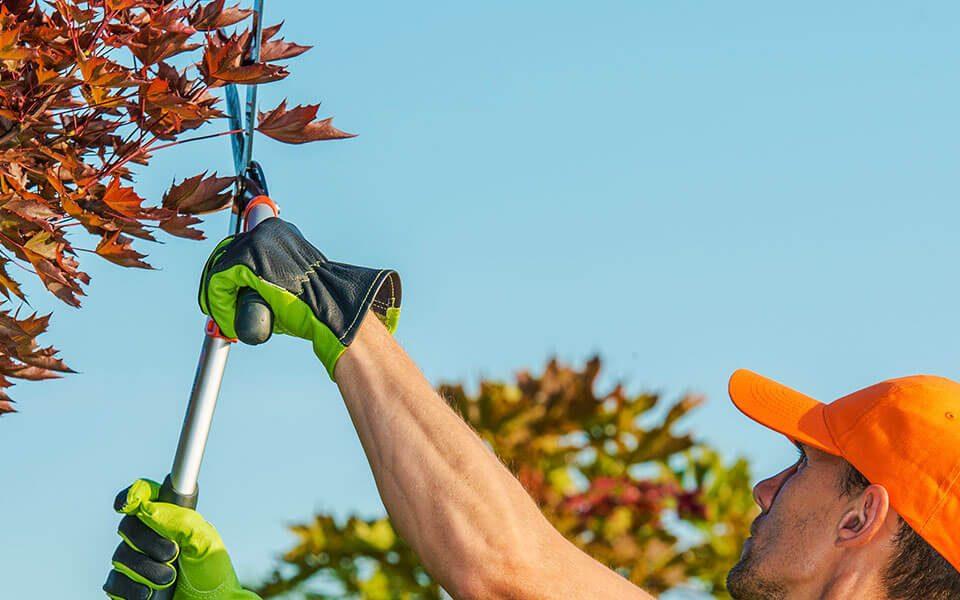
FAQ’s About Using Small Trees For Landscaping
Landscaping trees can be a great way to improve the look of your yard, but it’s important to choose the right trees for the job.
Some factors you’ll need to consider include the size and shape of the tree, as well as how much sun or shade it will need.
Here are some frequently asked questions about landscaping trees.
How To Choose The Right Small Tree For Your Landscape?
When choosing the right small tree for your landscape, it is important to consider the climate and conditions of your area.
For example, if you live in a colder climate, you will want to choose a tree that is tolerant of cold weather. If you live in a hot, dry climate, you will want to choose a tree that is drought-tolerant.
It is also important to consider the amount of space you have in your landscape. Some trees can grow quite large, so you will want to make sure you have enough room for the tree to reach its full potential.
How To Plant And Care For A Small Tree In Your Landscape?
When planting a small tree in your landscape, you will want to dig a hole that is twice as wide as the root ball and just as deep.
Carefully remove the tree from the pot and loosen any circling roots. Place the tree in the hole and fill in with soil, tamping down as you go.
Water thoroughly and continue to water regularly, especially during the first growing season. Fertilize according to package directions.
Prune your tree as needed to shape and remove any dead or damaged branches. Do not prune too severely, as this can damage the tree.
Regular maintenance will help keep your small tree healthy and looking its best.
What Size Tree Should I Choose For My Yard?
When choosing a tree, you’ll need to take into account the mature size of the tree. Also, be sure to choose a tree that is compatible with your soil type and climate.
For example, a conifer would be a good choice for colder climates, while a palm tree would be better suited for warmer climates.
If you’re not sure what type of tree would be best for your yard, ask a professional at your local nursery or garden center.
What To Do When A Small Tree Dies Or Needs To Be Removed?
If the tree is small and not an important part of your landscape, you can just remove it yourself. If it’s a larger tree, you may need to hire a professional arborist or landscaper to do the job.
In either case, you’ll want to make sure the stump is ground down below the surface so new plants can’t sprout up.
You may also want to consider replanting a new tree in the same spot.
Wrapping It Up
Small landscaping trees can be a great way to add some greenery and shade to your yard, while also providing privacy.
There are many different types available, so it’s important to choose the one that best suits your needs.
Before you buy a tree, make sure you know how much space it will need and what kind of conditions it will thrive in.
With a little bit of care, your small landscaping tree will provide years of enjoyment.
